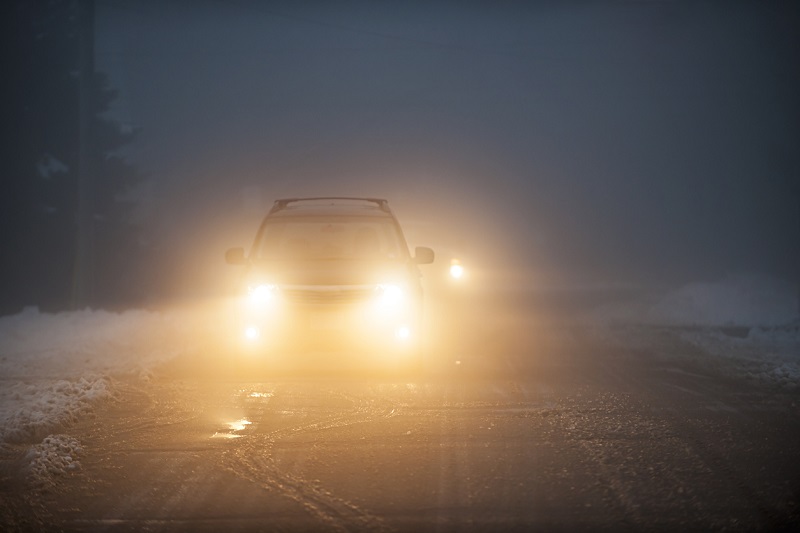Daytime Running Lights (DRLs) and Position Lights constitute integral components of vehicular lighting systems, crucial for enhancing road safety and visibility. Despite their ubiquitous presence, a discourse persists regarding their distinct functions and advantages. This blog endeavors to elucidate the academic significance of DRLs and Position Lights within the realm of automotive engineering and safety.

Daytime Running Lights (DRLs)
DRLs represent a pivotal innovation aimed at augmenting vehicle visibility during daylight hours. Operating at a heightened luminance compared to Position Lights, DRLs serve as a proactive safety measure, particularly in adverse weather conditions such as fog or inclement weather. Empirical evidence underscores the efficacy of DRLs in reducing daytime collisions, thus accentuating their indispensable role in contemporary road safety initiatives. Furthermore, the energy-efficient characteristics of DRLs align with sustainability imperatives, contributing to fuel conservation and emission reduction.

Position Lights
Position Lights, alternatively referred to as parking lights or sidelights, fulfill a niche yet significant role within vehicular lighting systems. Initially conceived to delineate parked vehicles, Position Lights have evolved to serve as markers of a vehicle's stationary presence on the roadway. Emitting a subtle luminance, these lights afford minimal illumination, thereby facilitating the identification of parked vehicles without impeding the visibility of other motorists. Their utility becomes especially pronounced during low-light conditions, mitigating collision risks and enhancing overall road safety.

Comparative Analysis
The juxtaposition of DRLs and Position Lights necessitates a nuanced comparative analysis to discern their respective merits. While DRLs excel in bolstering visibility during daylight hours, thereby reducing the incidence of daytime collisions, Position Lights cater to the safety needs of motorists amidst low-light environments. Modern automotive design often integrates both systems harmoniously to ensure comprehensive visibility and safety across diverse driving conditions. Moreover, scholarly discourse surrounding these lighting systems extends beyond subjective preferences, delving into empirical assessments of their efficacy in averting road accidents and advancing automotive engineering principles.
Conclusion
In summary, the delineation of roles and benefits associated with DRLs and Position Lights underscores their academic significance within the field of automotive engineering and safety. A nuanced understanding of these lighting systems is imperative for engineering vehicles that prioritize road safety and visibility. As the automotive landscape continues to evolve, further research endeavors are warranted to optimize the efficacy and efficiency of DRLs and Position Lights, thereby fostering enhanced road safety standards on a global scale.




